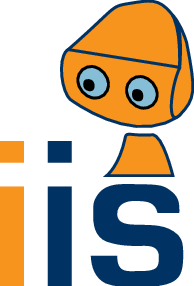User Tools
Site Tools
research:appearance-models
Differences
This shows you the differences between two versions of the page.
| Both sides previous revision Previous revision | Next revision Both sides next revision | ||
|
research:appearance-models [2013/07/16 19:46] c7031007 |
research:appearance-models [2013/07/16 19:48] c7031007 |
||
|---|---|---|---|
| Line 5: | Line 5: | ||
| <html><div style="clear:both"></div><br></html> | <html><div style="clear:both"></div><br></html> | ||
| - | {{ :research:teney-2013-crv3.jpg?nolink&260}} {{ :research:teney-2013-crv.jpg?nolink&245}} Such models of appearance have been applied to the tasks of object detection/localization, object recognition, and pose classification (by matching the test view with one of several trained viewpoints of the object). A notable advantage of the proposed model is its **ability to use dense gradients directly** (extracted over entire images), versus relying on typical hand-crafted image descriptors. Using gradients extracted at a coarse scale over the images allows one to use shading and homogeneous regions to recognize untextured objects, when edges alone would be ambiguous. | + | {{ :research:teney-2013-crv3.jpg?nolink&260}} {{ :research:teney-2013-crv.jpg?nolink&245}} Such models of appearance have been applied to the tasks of object detection/localization, object recognition, and pose classification (by matching the test view with one of several trained viewpoints of the object). A notable advantage of the proposed model is its **ability to use dense gradients directly** (extracted over entire images), versus relying on typical hand-crafted image descriptors. Using gradients extracted at a coarse scale over the images allows us to **use shading and homogeneous regions** to recognize untextured objects, when edges alone would be ambiguous. |
| <html><div style="clear:both"></div><br><br></html> | <html><div style="clear:both"></div><br><br></html> | ||
research/appearance-models.txt · Last modified: 2018/09/03 19:35 (external edit)

